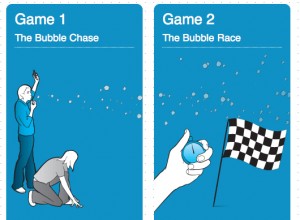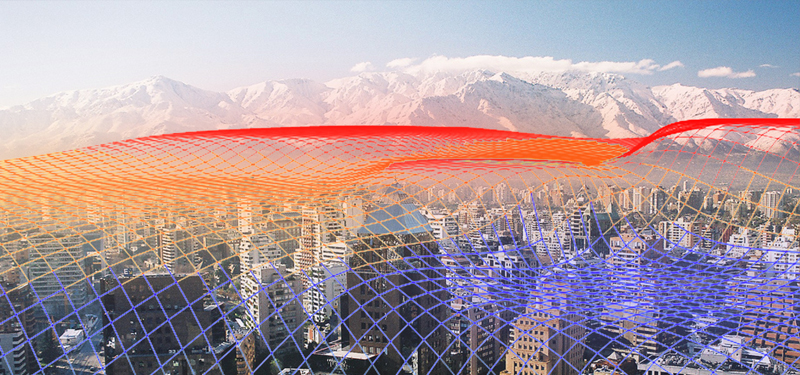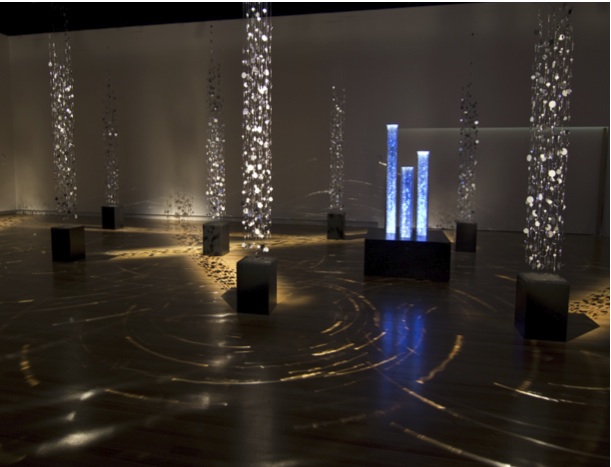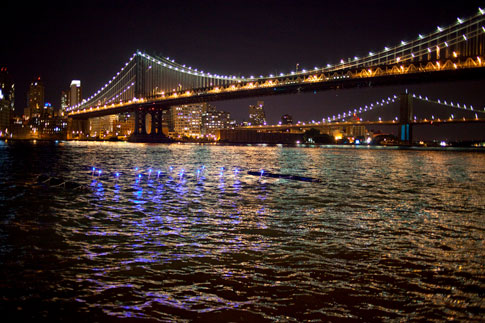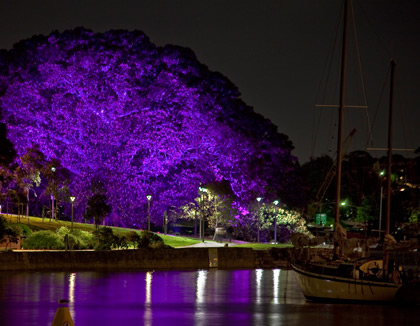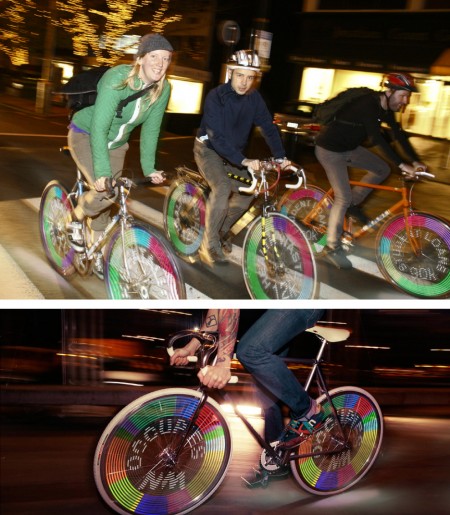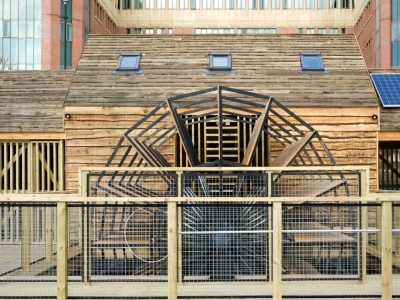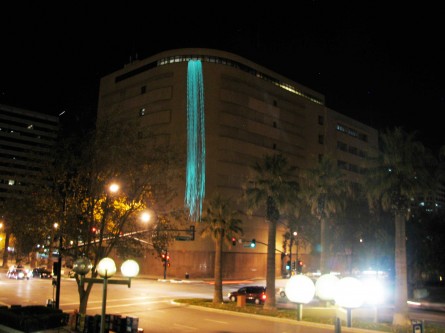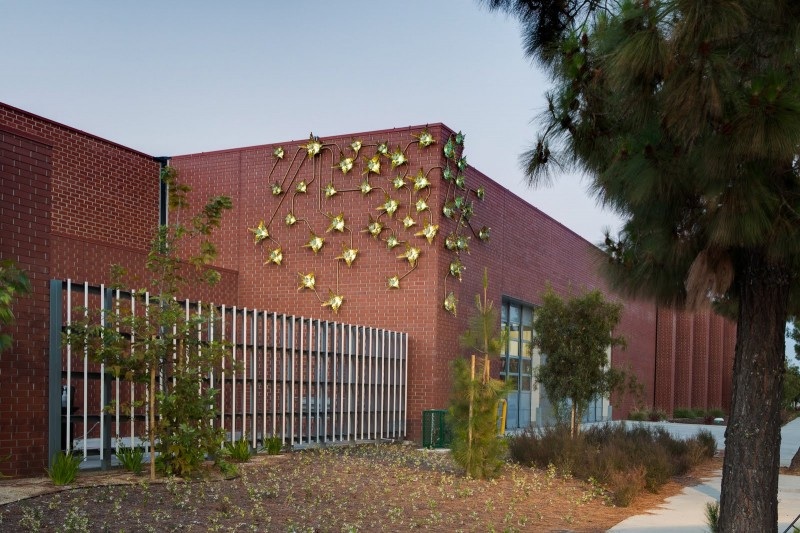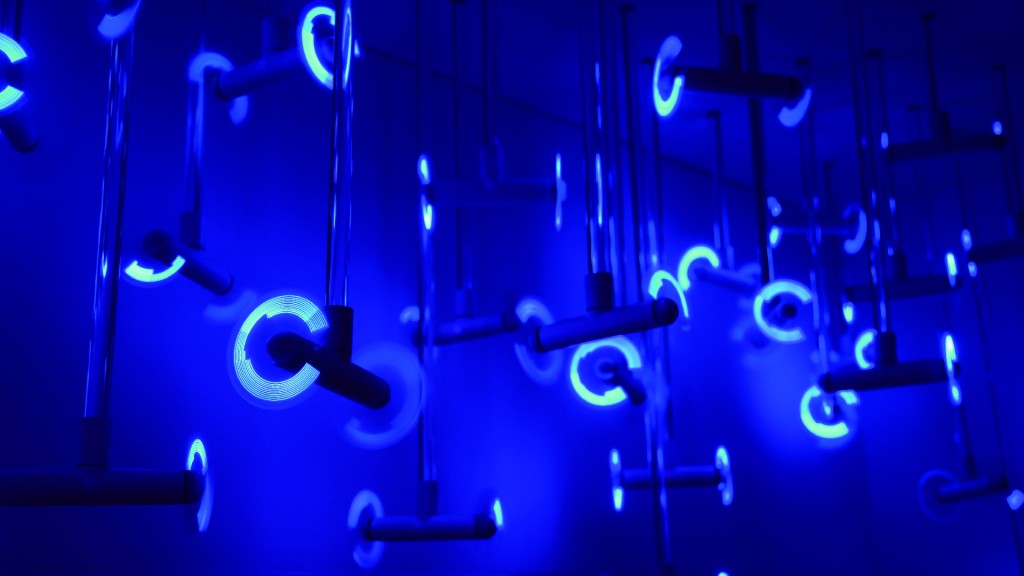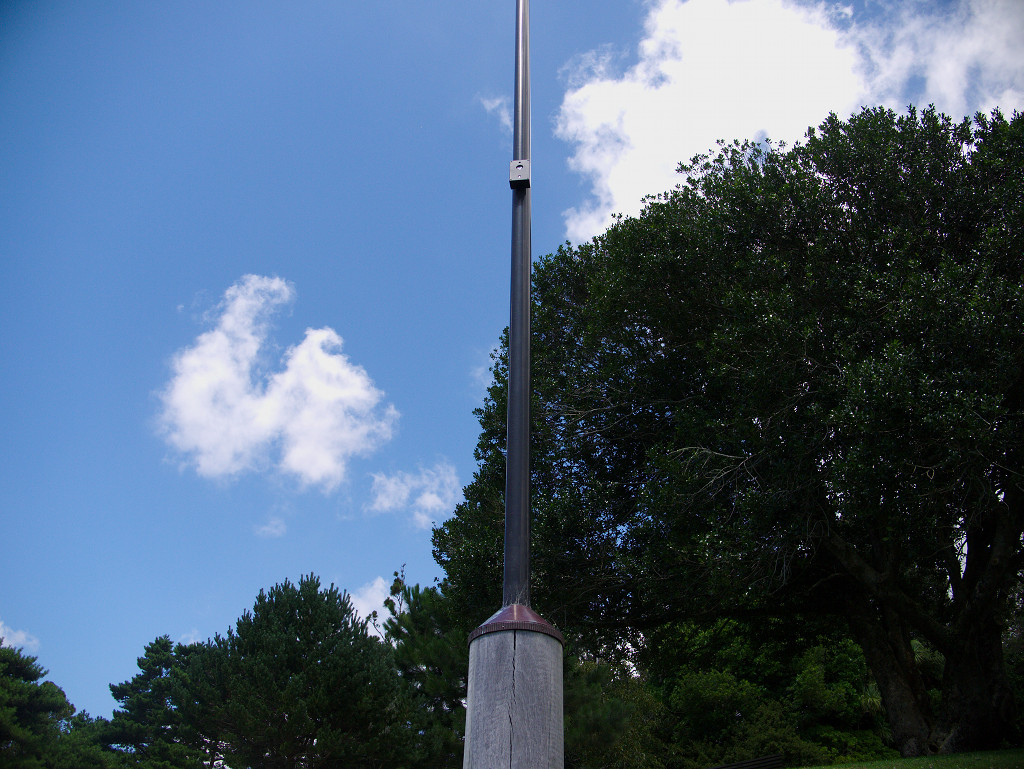KiloWatt Hours
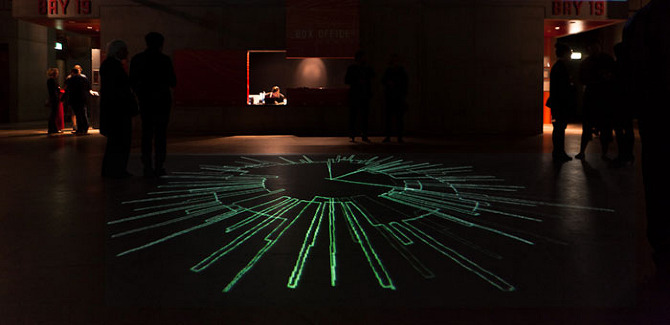
KiloWatt Hours, by Sydney based artist Tega Brain, uses lasers to inscribe in space the fluctuations of energy used by the surrounding building over time. KiloWatt Hours thus converts energy meter data into the readable form of an ‘energy clock.’, and the audience is prompted to consider the invisible consumption of energy in everyday life. Over time the laser light fades, and KiloWatt Hours forgets itself, in the same way we let our own energy use slip from memory.

